South Korea's " artificial sun " set this impressive record using a new tungsten diverter.
According to scientists , the Korean Superconducting Tokamak Advanced Research fusion reactor set the record during testing from December 2023 to February 2024.
KSTAR successfully maintained a temperature of 100 million degrees Celsius for 48 seconds while the Sun's core temperature is 15 million degrees Celsius. In addition, the Korea Superconducting Tokamak Advanced Research Fusion Reactor also maintained the high limit mode (H mode) for more than 100 seconds. H mode is an advanced operating mode in magnetically confined fusion with a stable plasma state.
Fusion reactions mimic the process that produces light and heat from stars. The process involves merging hydrogen and other light elements to release huge amounts of energy. Experts hope to use fusion reactors to create an unlimited source of carbon-free electricity.
The Korean Advanced Research Superconducting Tokamak fusion reactor broke the previous world record it set in 2021 of 31 seconds.
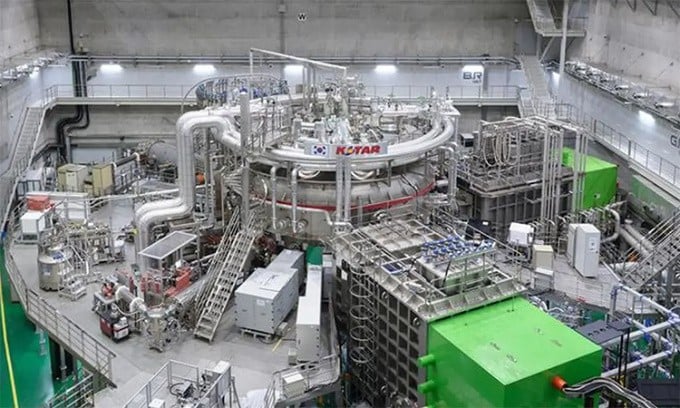 |
| Korea Superconducting Tokamak Advanced Research (KSTAR) fusion reactor. |
The National Research Council of Korea (NST) said it was crucial to create a technology that can maintain high temperatures and high-density plasmas for the most efficient fusion reactions over a long period of time. The tungsten diverter, a key component at the bottom of the vacuum tank in the magnetic fusion device, played a key role in pushing waste gases and impurities out of the reactor while still withstanding the high surface heat load.
The KSTAR team switched to using tungsten instead of carbon in the divertor. According to scientists, tungsten has the highest melting point of any metal. KSTAR's success in maintaining H mode for longer periods of time is also largely due to this upgrade. KSTAR's next goal is to maintain 100 million degrees Celsius for 300 seconds by 2026.
Readers are invited to watch the video : The closest photos of the sun have been published. Source: THĐT1.
Source



![[Photo] Hanoi morning of October 1: Prolonged flooding, people wade to work](https://vphoto.vietnam.vn/thumb/1200x675/vietnam/resource/IMAGE/2025/10/1/189be28938e3493fa26b2938efa2059e)










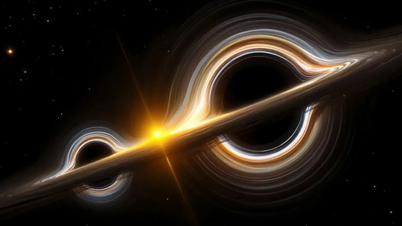









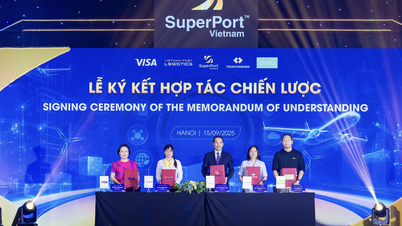





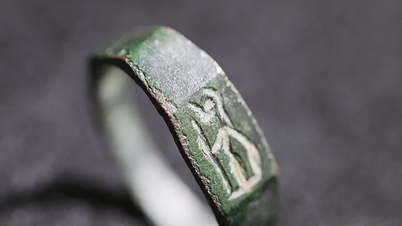





![[Photo] Panorama of the cable-stayed bridge, the final bottleneck of the Ben Luc-Long Thanh expressway](https://vphoto.vietnam.vn/thumb/1200x675/vietnam/resource/IMAGE/2025/9/30/391fdf21025541d6b2f092e49a17243f)
![[Photo] The 1st Congress of Phu Tho Provincial Party Committee, term 2025-2030](https://vphoto.vietnam.vn/thumb/1200x675/vietnam/resource/IMAGE/2025/9/30/1507da06216649bba8a1ce6251816820)
![[Photo] President Luong Cuong receives President of the Cuban National Assembly Esteban Lazo Hernandez](https://vphoto.vietnam.vn/thumb/1200x675/vietnam/resource/IMAGE/2025/9/30/4d38932911c24f6ea1936252bd5427fa)






















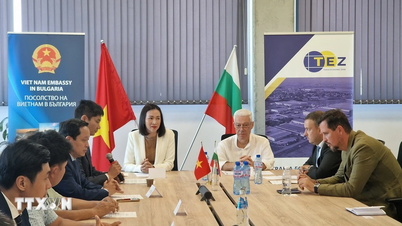
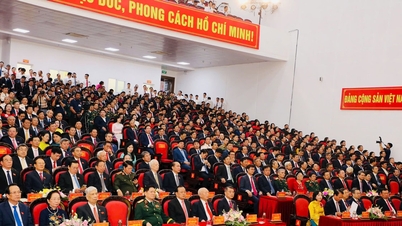
































Comment (0)